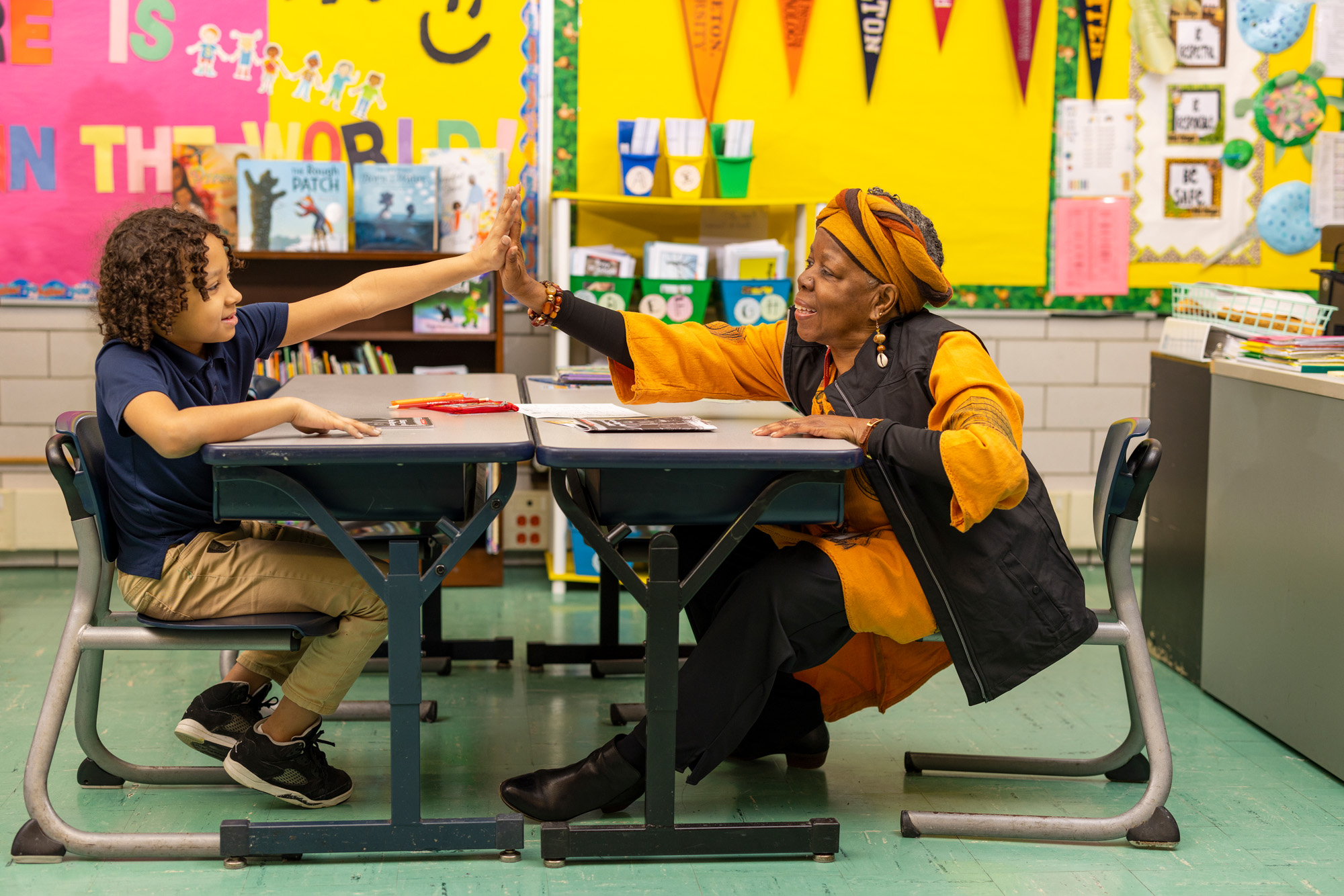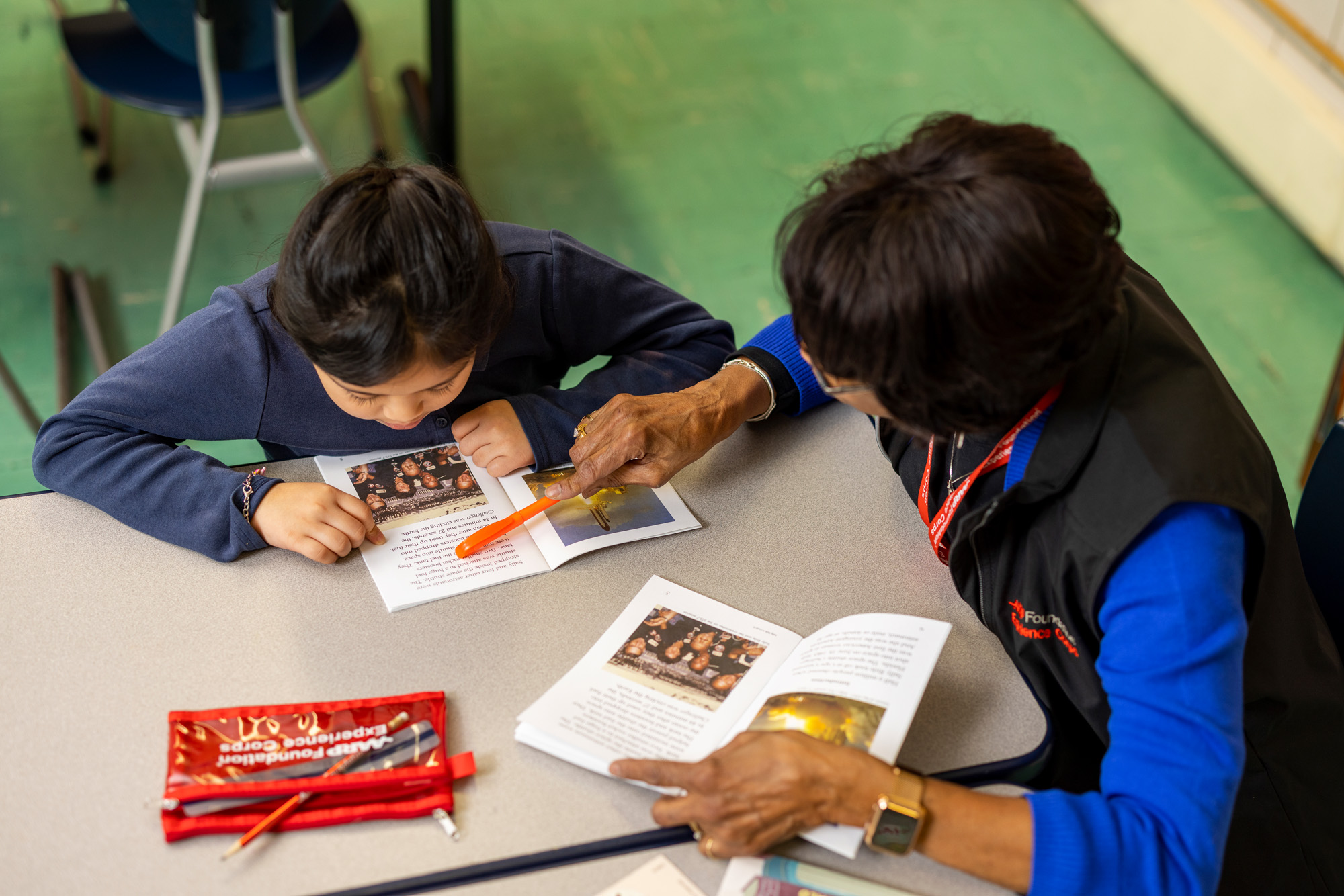Another Voice: Pre-K alone will not close the achievement gap
By Anne Ryan
The "achievement gap," reflected in Buffalo's disappointing and unacceptable third-grade reading scores, is influenced by several factors, many of which are attributed to the quality of a child's formal and informal preschool education. As the New America Foundation points out in "Fighting Fadeout by Advancing PK3 Alignment," pre-K is not an inoculation against poverty or high concentrations of poor children in a classroom.
Learning disparities resulting from socioeconomic differences have cumulative impacts and must be addressed with an aligned set of strategies to mitigate them.
The Buffalo News has reported that children from low-income families lack many of the experiences children of higher-income families are afforded. Besides the obvious fact that children of wealthier parents can attend top preschools, these same children are often exposed to more learning opportunities, such as camps, museums and many other activities.
A study by Hart & Risely revealed that while all children start to speak around the same time, at 36 months toddlers from welfare families were exposed to 30 million fewer words than their peers in professional families. As cited in a recent Pew study, 71 percent of parents with a college degree say they read aloud with their children every day, compared with 33 percent of those with a high school diploma or less.
Furthermore, this study found children who experience being read aloud to have better vocabularies and reading comprehension. Because the ability to read is so critical to a child's development, there is no question that comprehensive literacy programs are essential in early childhood sites.
However, intentional focus on literacy development must be continued through third grade, when children pivot from learning how to read to reading to learn. Casey Foundation research notes that children from low-income families, attending a school with a high concentration of other poor children and not reading proficiently by the end of third grade (87 percent of students in Buffalo Public Schools), are 13 times less likely to graduate high school. We know this - but we are not supporting our kindergarten through third grade classrooms accordingly.
Funding pre-K programs is not just laudable, it is critical. But so, too, is a concerted effort to fund developmentally appropriate, intentional instruction for economically disadvantaged students through third grade.
If we are committed as a community to closing the low-income achievement gap, then we must hold the K-3 system accountable for creating classrooms that can fill the gap. If we are committed to increasing high school graduation, we must do more to support K-3 teachers in Buffalo's high-poverty schools.
Anne Ryan is the executive director of Read to Succeed Buffalo.







